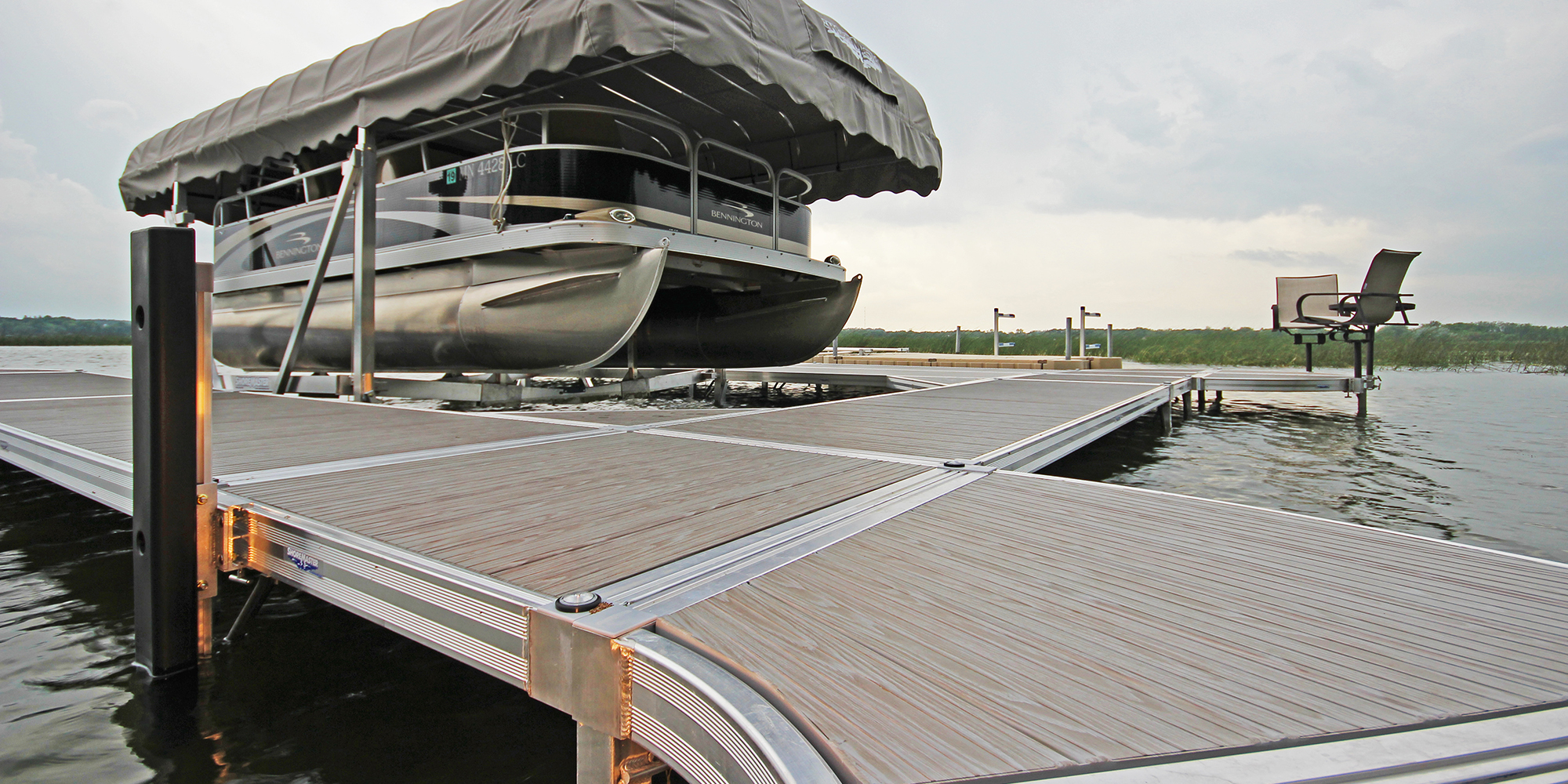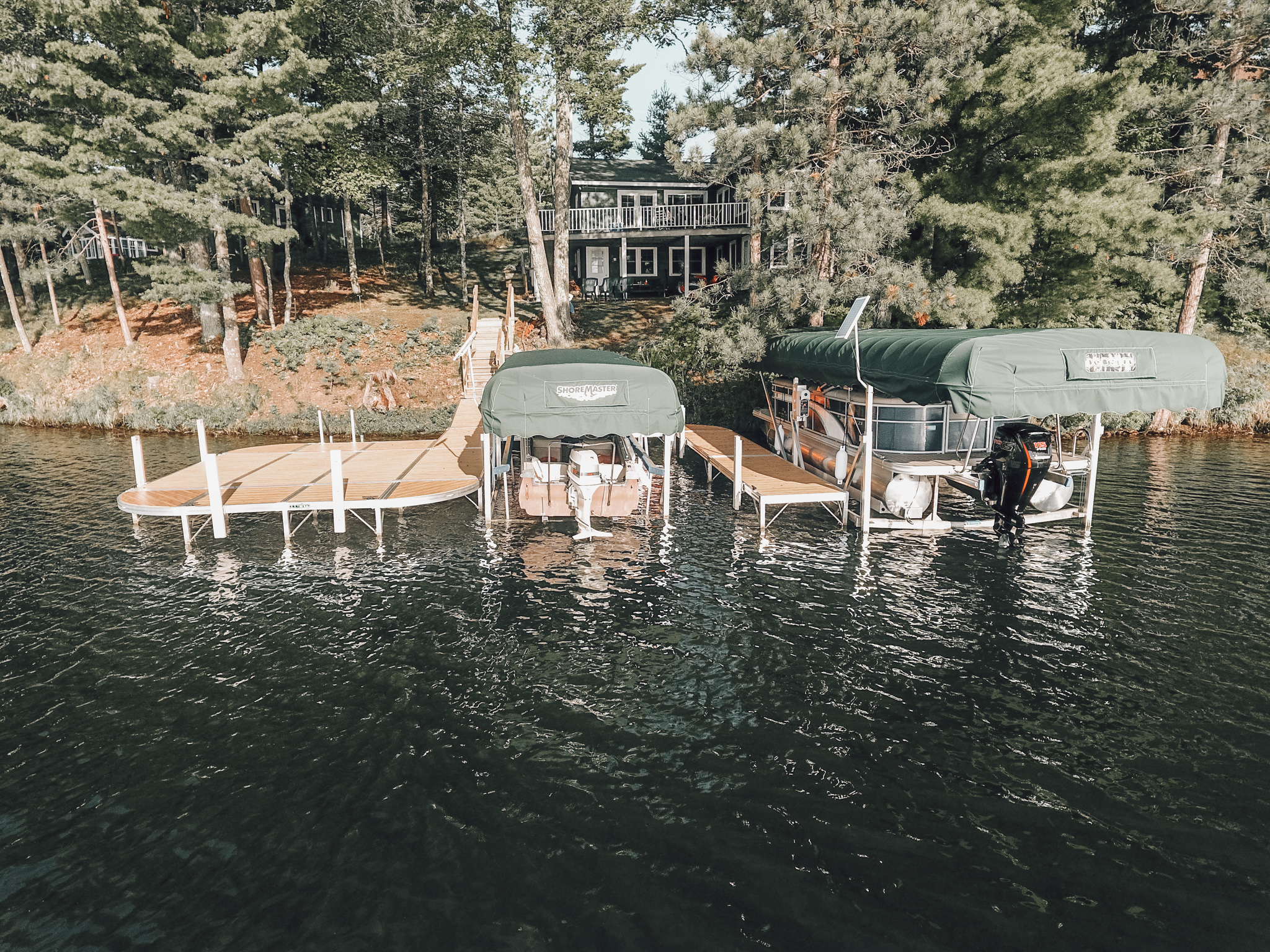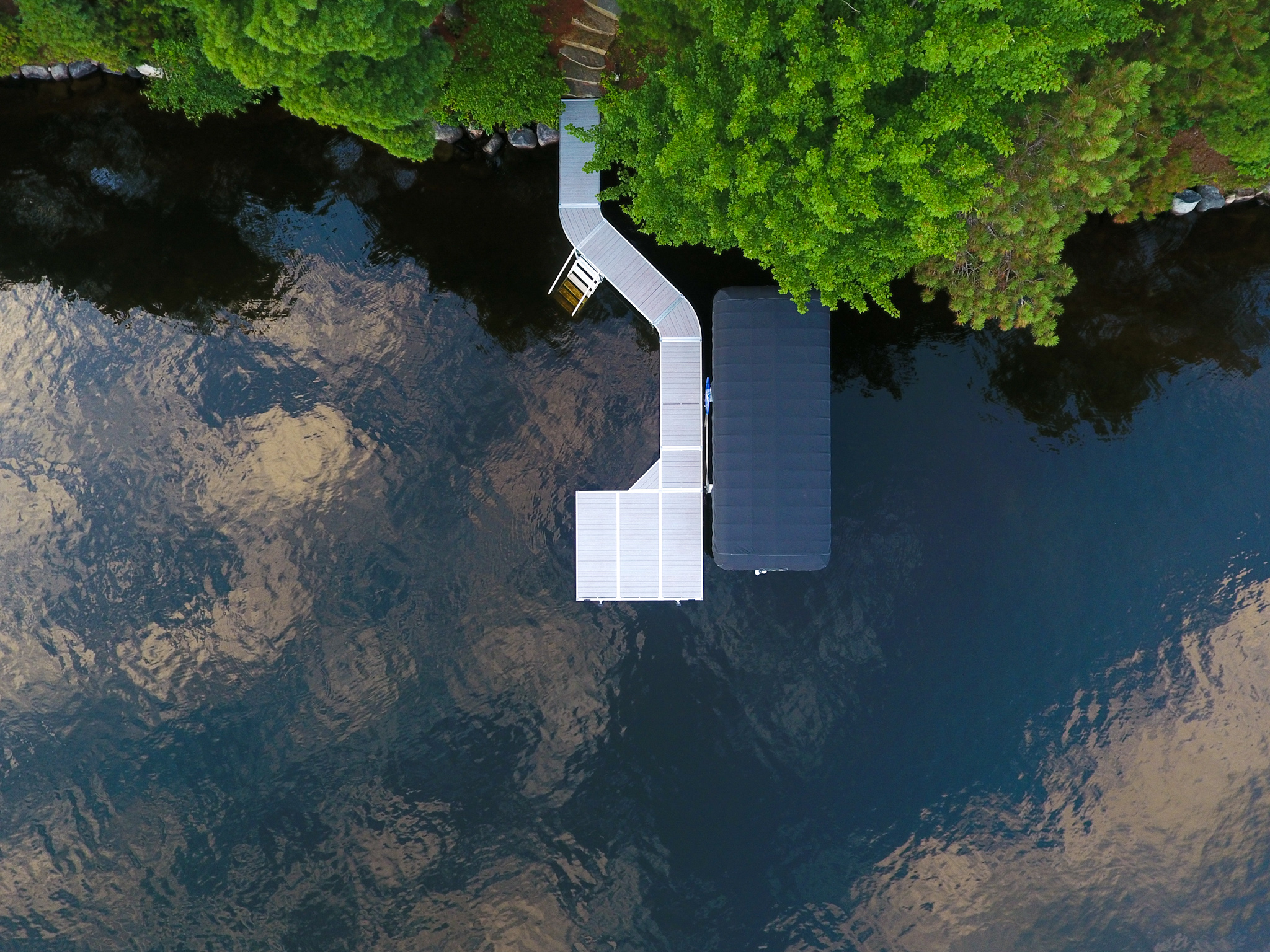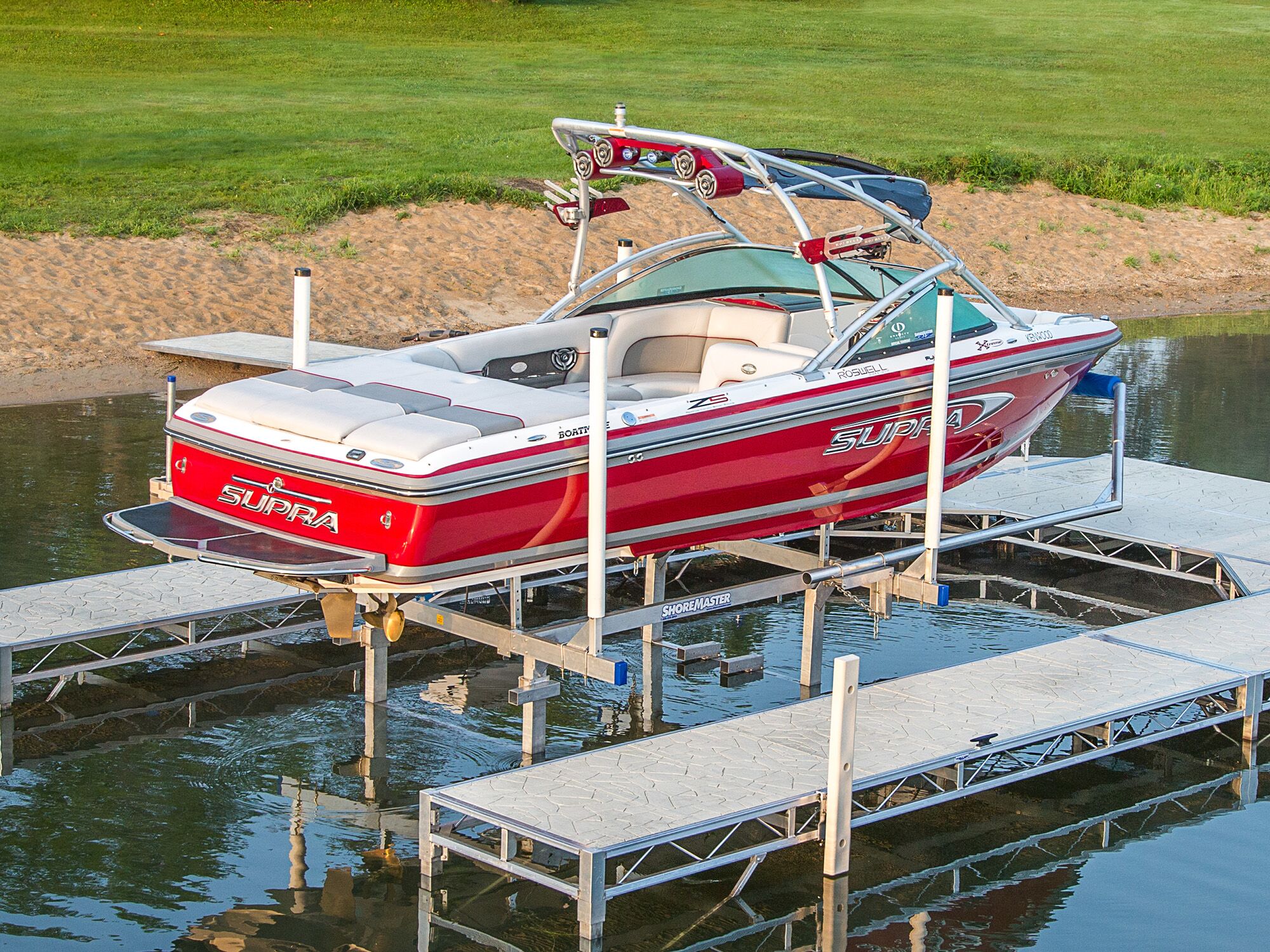Posted on June 30, 2022
Boating 101: What are the things I have to do and know before boating?
Written by ShoreMaster Marketing
If this is your first summer boating, congratulations! You’re about to embark on an adventure like no other! Let us help you enjoy the water as safely as possible: we have these boating tips for beginners (and experts too—a little extra care and attention to safety never hurt anyone).

Brush Up on Your Basics
It doesn’t matter how much boating time you have under your belt, you should review the basics, the rules of traveling, and how the waterworks. Boating safety courses and guides will be your friend long before you shove off, whether you’re just learning the boating basics or you’re an old salt. And once you’re done with your training, get your license and registration set up.
Use Your Gear
Bring gear onto your boat that will help you stay safe. This means life jackets, which the United States Coast Guard requires for all children under the age of 13 whenever a boat is in use (always check your local requirements as well). Have a first aid kit and toolbox around for emergencies. Make sure that your cell phones are charged in case you need to call for help. Keep a fire extinguisher handy if you have an inboard engine or a boat longer than 26 feet. Also, familiarize yourself with navigation tools, navigational lights, anchors, bilge pumps, compasses, and other useful tools. Know everything on your boat! Also, take time to read your instruction manual for your boat lift and follow the safety and usage guidelines.
Common Sense Matters
Some things just make sense. Check the weather before you go, and not just by looking up at the sky. Use sun protection, and dress for the weather you’ll be experiencing that day. Avoid alcohol when operating a boat, just as you avoid it before driving a car. If you’re new to boating, stick to areas that are calm and quiet so that you have time to get acclimated. Tell someone where you’re going and when you plan on being back.
Use the Right Boat Dock and Boat Lift
Calculating the right size boat lift and boat dock for your watercraft and waterfront can mean the difference between summer fun and catastrophe. The type of water—whether it’s salt or freshwater, how rough or smooth it is, what the bottom is like the depth and how often it changes, and the climate and day-to-day weather in your area—can all impact the type of dock or lift you choose. For instance, water that is deep or has a fluctuating depth will benefit from a floating dock, however, if you have an area of shallow water with a stable depth, and you need to remove the boat due to the water freezing, a wheel-in sectional dock may be a better option.
As for boat lifts, remember that they’re rated for their weight capacity, and not a pound more. When choosing your boat lift, consider your boat’s hull shape, boat type, whether you have an inboard or outboard motor, the dry weight, and the weight of everything you’ll be bringing on your boat—a fully-loaded pontoon boat will need a bigger, sturdier lift than a PWC that can rest on a drive-on port. It’s better to err on the side of caution and get more capacity than not enough.
Still have questions about boating basics? Want to get started crafting your perfect waterfront? Use our online form to contact your local ShoreMaster dealer today!



